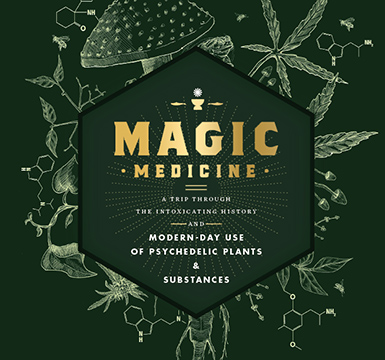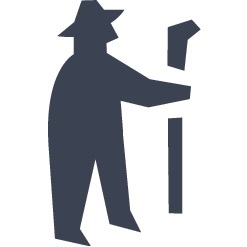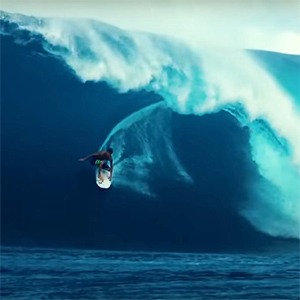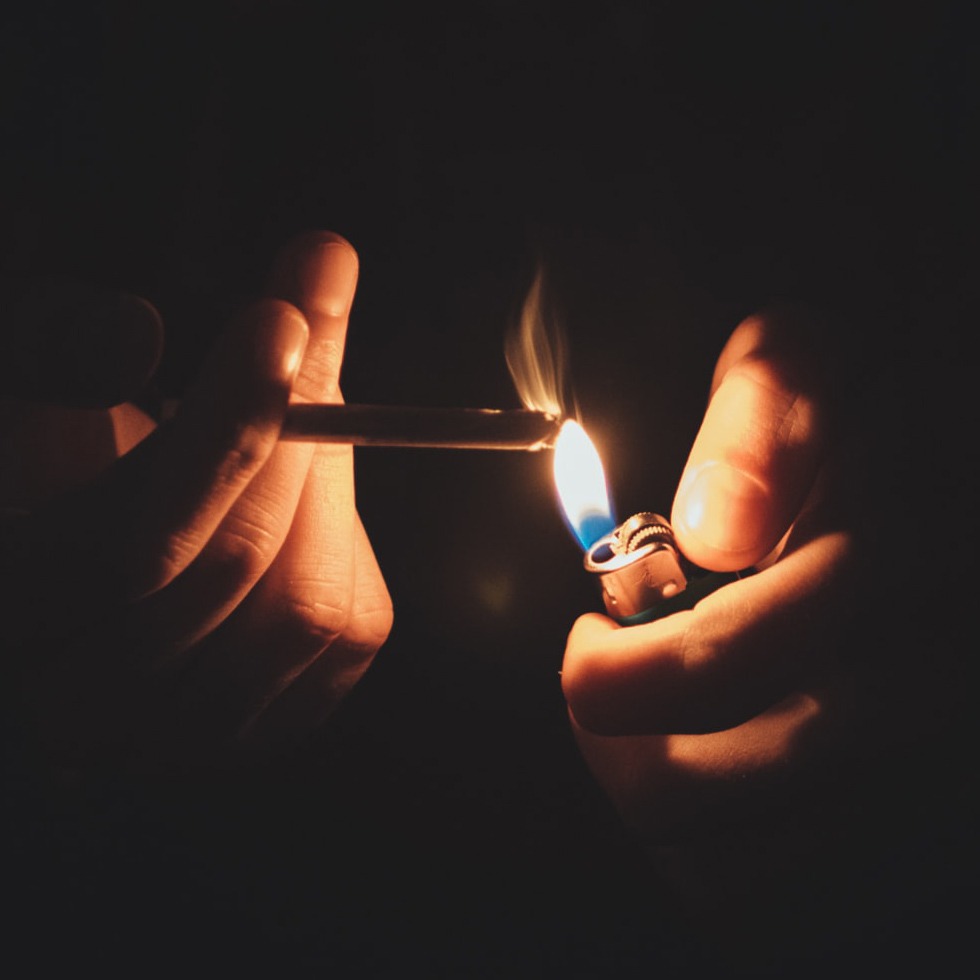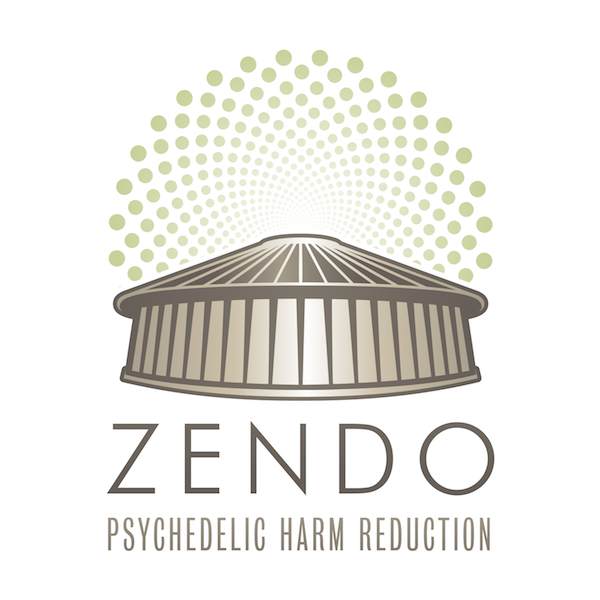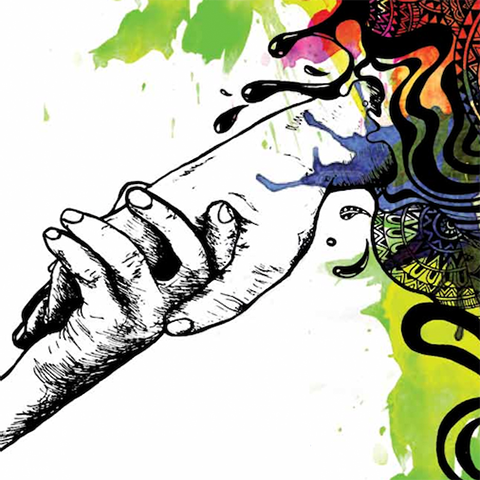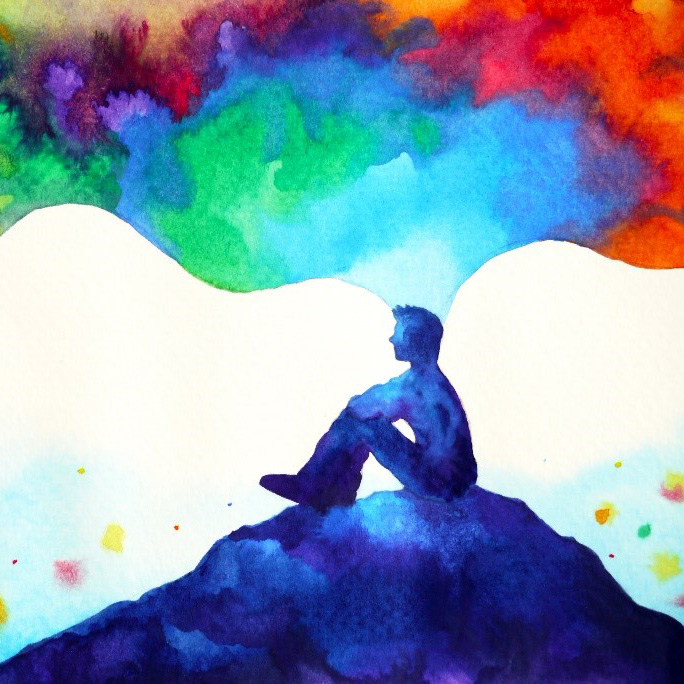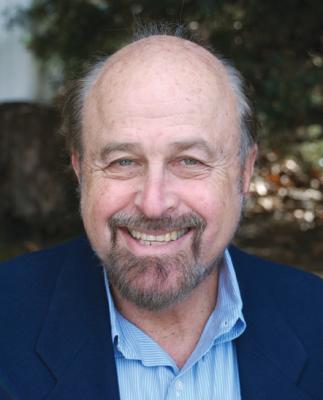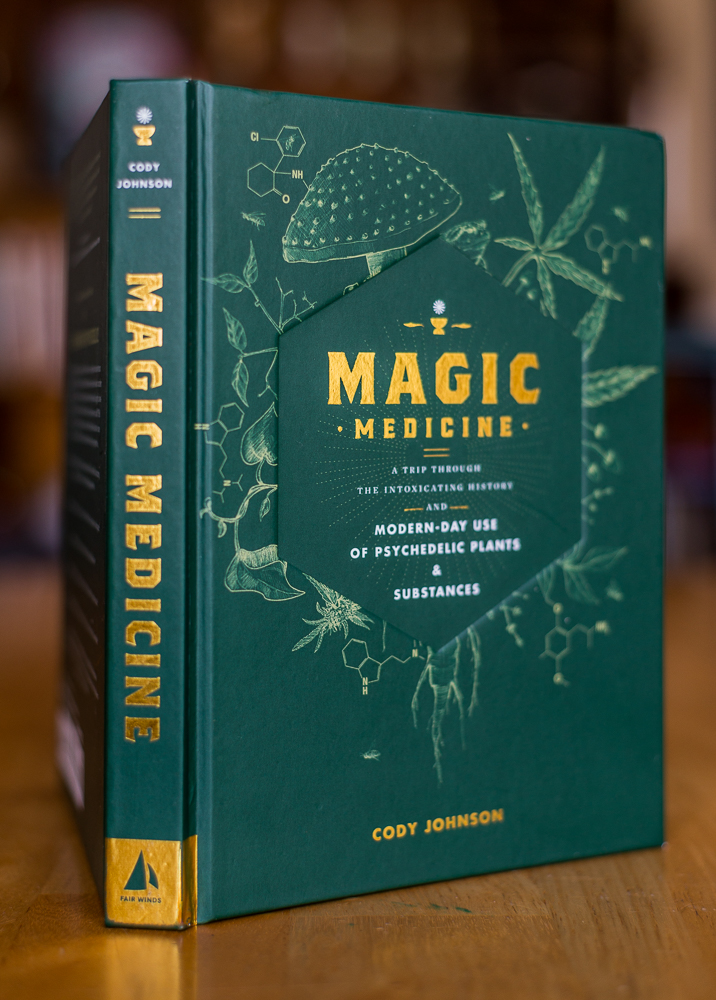This post by Erica Zelfand, N.D. and Timothy Crespi, L.P.C., C.A.D.C was first published in the MAPS Bulletin and appears here with permission.
![]()
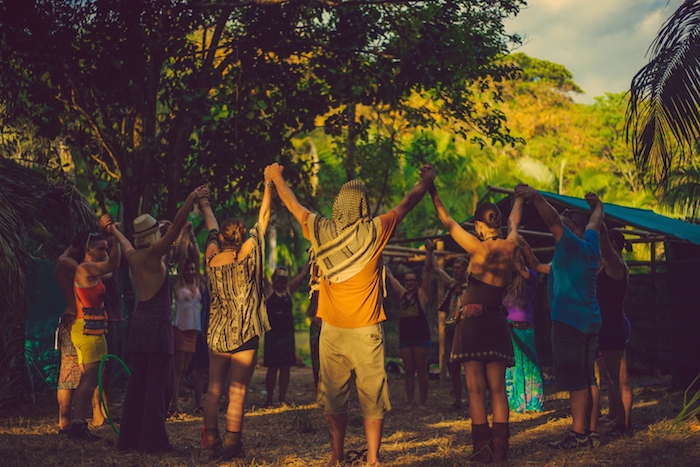
An hour after eating psilocybin mushrooms at a festival, Olivia notices her left hand is shaking. She can stop it with effort, but prefers to just let it do its thing. She isn’t angry, yet it feels strangely good to shout fragmented thoughts and hum Dave Brubeck’s “Take Five.” The hand-shaking has progressed; now she’s flapping her whole left arm like a hemiplegic bird trying to take flight. The people around her have noticed and are keeping a distance.
This situation could end in a number of different ways. Some options include:
(A) A medical team appears, ties Olivia to a stretcher as she screams at them to let her go, and administers a benzodiazepine to sedate her.
(B) A police officer asks Olivia to settle down. She becomes terrified, panics, and hits him with her flapping arm. He wrestles her to the ground and places her in handcuffs.
(C) A well-intentioned yoga teacher appears and tells Olivia she’s having a Kundalini awakening. He instructs her to chant Sat Nam, squeeze her pelvic floor muscles, and visualize a serpent swirling around her spine.
(D) An experienced Zendo Project volunteer introduces herself and offers Olivia a safe space to have her experience away from the watchful eyes of other attendees. She sits with Olivia in a tent adjacent to medical as Olivia marches, tics, and repeats nonsensical phrases.
Which scenario is most healing for Olivia?
In the first scenario, Olivia wakes the next morning feeling both ashamed and violated. In the second, she gets a criminal record. In the third, Olivia takes on somebody else’s agenda, which may or may not be healing for her. In all three of these scenarios, she is restrained or restricted in one form or another.
In Scenario D, however, Olivia comes back the next day to the Zendo Project tent to thank the volunteer. She explains that she was often physically restrained as a child and was taught that come what may, she had to hold in her emotions and keep a cool exterior. Being able to shake, move, and blurt out random things with no filter last night was the most healing experience of her life. Today she feels tired but light in a way she’s never felt before.
As Zendo Project volunteers, we work at festivals like Lightning in a Bottle, Burning Man, Envision Festival, and the Electric Daisy Carnival to provide a supportive environment for those going through difficult emotional or psychological experiences related to psychedelic use, but who are not in need of medical care. Our mission is to transform difficult psychedelic experiences into opportunities for learning, healing, and growth.
Sponsored by MAPS, The Zendo Project works collaboratively with medical, security, law enforcement, and other emergency service personnel to determine the best course of action for an attendee in distress. If an attendee shows signs and symptoms of potential medical distress, they are evaluated by medical. If an attendee becomes violent, security may be involved. At the events that Zendo attends, other emergency service departments are most often familiar with the harm reduction approach and everyone works together to support the emotional, psychological, and physical safety of the individual. This work in turn helps reduce drug-related arrests, sedation, and restraint. We’re here, in other words, to make sure stories like Olivia’s end up in Scenario D.

One of two Zendo tents at Burning Man 2016
It’s easy for most people to understand the shortcomings of Scenarios A and B. Yet despite our chuckles over the yogi in Scenario C, many of us inadvertently mimic him (in subtler forms) when we interact with people on psychedelics.
The Zendo Project principle of “Sitting, Not Guiding” is therefore an important touchstone for our work, reminding us to get out of the way and let a person’s healing process unfold without our embellishments. Doing this entails not only checking our egos, but also taking a heroic leap of faith, trusting both in the healing power of psychedelics and in the human organism’s inherent propensity toward balance. Seldom do we understand a guest’s core wound or the meaning of their trip, but by providing them with a safe environment and a supportive presence we may nevertheless help them find wisdom, healing, and transformation. Our most therapeutic intervention—both as Zendo Project sitters and as healers—is quite often no intervention at all.
This sounds simple, but it’s surprisingly hard work. It can be challenging to watch our own reactions to a guest, perhaps even feel personally triggered by a guest’s process, and continue to hold space without acting on our impulses. Especially for those of us who are therapists, or generally identify as “doers” in the world, it can be quite the task to bear witness without leading, forcing, or guiding.
The importance of non-directive support is modeled in recent studies on psychedelic-assisted psychotherapy. In few, if any, of the clinical trials on MDMA, psilocybin, ayahuasca, or other entheogens do the therapists lead or choose the content of a client’s process. This ensures reproducibility of the study methods and standardization of the findings. More importantly, however, a non-directive approach allows the client to reconcile unconscious material in the order and nature in which it bubbles to the surface for healing.
Psychedelics can unveil unconscious material while heightening one’s sensitivity. This can place users in a highly suggestible state, making it very easy for us, despite our best intentions, to muddy the waters. Stroking somebody’s back, for instance, may appear to be a soothing intervention, but it may actually be annoying, distracting, or even triggering. Likewise, instructing a user to take deep breaths and relax their jaw might interrupt a process in which they build up pressure to the point of pain, allowing them to discover and reconcile a muscular holding pattern organically, without assistance. Direct interventions can be a powerful adjuvant to healing, but they can also be a hindrance. During a difficult emotional or psychological experience, skilled healers can often discern when it’s best to intervene and when it’s best to be non-directive. When in doubt, however, it’s often more effective to be hands off.
[pullquotecenter]Seldom do we understand a guest’s core wound or the meaning of their trip, but by providing them with a safe environment and a supportive presence we may nevertheless help them find wisdom, healing, and transformation.[/pullquotecenter]
This concept of non-directive therapy is not a new one: the American psychologist Carl Rogers outlined the approach in his 1951 publication Client-Centered Therapy. At a time when therapists were endowed with the task of “fixing” their “broken” patients, Rogers boldly argued that clients have their own innate capacities for healing. Realizing that this was also true in situations other than the traditional psychotherapeutic setting, Rogers later used the term “Person-Centered Approach” to describe his philosophy.
We also see this principle in naturopathic medicine. Beyond “First, Do No Harm,” naturopathic doctors (NDs) are further guided by the philosophy of the Vis Medicatrix Naturae, or the “Healing Power of Nature.” This speaks not only to the medicinal power vested in natural substances like psilocybin and DMT, but also to the propensity toward equilibrium and health inherent in every living organism. As creations of Nature, our bodies, minds, and spirits have incredible healing capacity.
Whether we’re sitting with Zendo Project guests at Burning Man or with study participants in psychedelic-assisted psychotherapy sessions, it’s important to trust in both the healing power harnessed in these medicines and in the healing capacity vested in the human organism. Our role, then, is to create the optimal environment for fostering that healing to its fullest potential.
We can still, thankfully, support our guests without guiding or leading them. We can communicate through open questions, like “How are you feeling?” as opposed to closed ones like, “Are you hungry?” We can likewise let them know what’s available to them (a blanket, a glass of water, a snack, etc.) and let them decide for themselves what they need. We can sit or walk alongside them in silence. As they talk to us, we don’t have to interpret what they’re saying or lead them to any epiphanies. We can simply listen with contact and empathy, occasionally reflecting back to them what we’ve heard. We don’t need to solve any existential crises, nor do we need to nudge, redirect, or rush the healing process. On the contrary: Simply by holding space, we invite the magic to unfold on its own.
![]()
 Erica Zelfand, N.D., is a family physician specializing in integrative and functional medicine. She sees patients of all ages in her private practice at Somatic Center Portland and is deeply committed to a patient-centered, root-cause-oriented, nature-honoring approach to healing. She is adjunct faculty at the National University of Natural Medicine, as well as an engaging public speaker, a writer, and a mentor to both medical students and functional medicine physicians. She loves lecturing on the clinical applications of psychedelic medicine and volunteering both as a sitter and medical lead with the Zendo Project. To learn more, visit EricaZelfand.com.
Erica Zelfand, N.D., is a family physician specializing in integrative and functional medicine. She sees patients of all ages in her private practice at Somatic Center Portland and is deeply committed to a patient-centered, root-cause-oriented, nature-honoring approach to healing. She is adjunct faculty at the National University of Natural Medicine, as well as an engaging public speaker, a writer, and a mentor to both medical students and functional medicine physicians. She loves lecturing on the clinical applications of psychedelic medicine and volunteering both as a sitter and medical lead with the Zendo Project. To learn more, visit EricaZelfand.com.
 Timothy Crespi, M.A., L.P.C., C.A.D.C., is a somatic-oriented counseling psychologist. After earning a Master’s in Transpersonal Counseling Psychology from Naropa University, Timothy completed additional trainings in Gestalt Therapy, couples therapy, Applied Existential Psychotherapy, Contemporary Reichian Psychotherapy, and Alcohol and Drug Counseling (CADC). In addition to his work as a Zendo Project supervisor, Timothy is also a source of support for volunteers and staff at festivals. He is the founder of Somatic Center Portland, an integrative healing center located in southeast Portland, Oregon. To learn more, visit SomaticCenterPortland.com.
Timothy Crespi, M.A., L.P.C., C.A.D.C., is a somatic-oriented counseling psychologist. After earning a Master’s in Transpersonal Counseling Psychology from Naropa University, Timothy completed additional trainings in Gestalt Therapy, couples therapy, Applied Existential Psychotherapy, Contemporary Reichian Psychotherapy, and Alcohol and Drug Counseling (CADC). In addition to his work as a Zendo Project supervisor, Timothy is also a source of support for volunteers and staff at festivals. He is the founder of Somatic Center Portland, an integrative healing center located in southeast Portland, Oregon. To learn more, visit SomaticCenterPortland.com.
Liked this post? Subscribe to my RSS feed to get much more!

